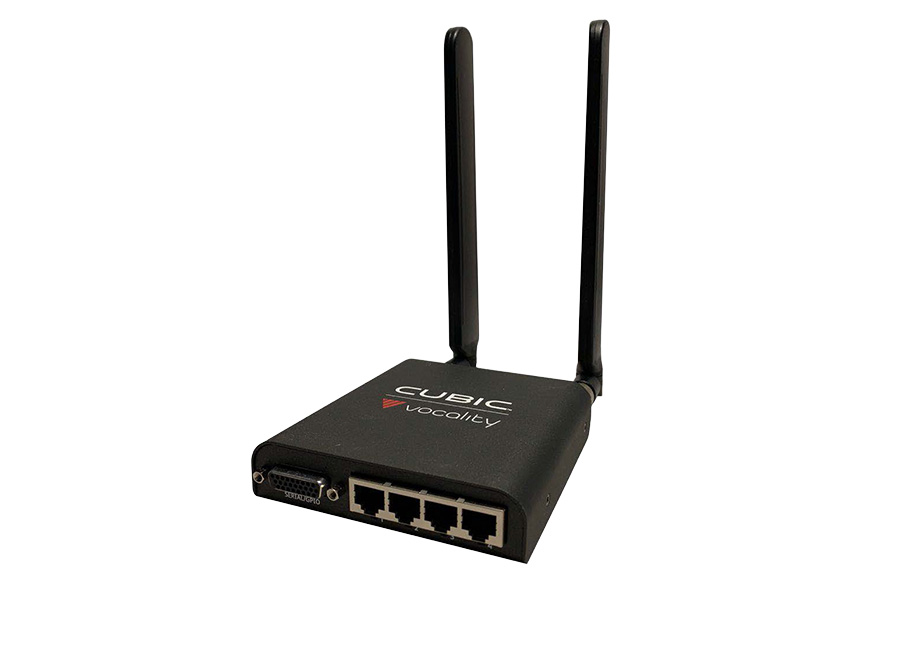Vocality RoIP - Radio over IP connectivity solution
The Vocality RoIP (Radio over IP) solution is a robust communication system designed to bridge traditional radio networks with modern IP-based communication systems. It provides seamless interoperability, enabling users to communicate over long distances via IP networks without losing the reliability and features of their original radio systems.
Key Features of Vocality RoIP
-
Radio over IP Connectivity
- Converts voice communication from traditional radios into IP packets for transmission over Ethernet, WANs, or the Internet.
- Extends the range of radio networks, allowing communication beyond conventional radio coverage.
-
Interoperability
- Connects radios operating on different frequencies or technologies (e.g., analog, digital, TETRA, DMR).
- Allows communication between radio users and IP-based devices such as phones, computers, or mobile applications.
-
Low Bandwidth Usage
- Optimized for low-bandwidth networks, making it suitable for remote and bandwidth-constrained environments.
-
Compact and Portable Design
- Often provided as a compact device that is easy to deploy in the field or integrate into existing infrastructures.
-
High Reliability
- Designed for mission-critical environments where dependable communication is essential.
- Supports redundancy features to ensure consistent operation.
-
Secure Communication
- Offers encryption options to protect sensitive communication over IP networks.
-
Integration with SIP/VoIP
- Compatible with SIP (Session Initiation Protocol) for integration into VoIP (Voice over IP) systems.
Applications
-
Public Safety
- Connects emergency response teams across different radio systems and extends their communication to IP-based networks.
-
Military and Defense
- Provides a secure and flexible communication backbone for operations in remote or challenging environments.
-
Transportation
- Bridges communication between various transport systems, such as railways, air traffic control, and maritime operations.
-
Utilities and Energy
- Supports critical infrastructure operations by linking field teams with central command centers.
-
Disaster Management
- Ensures coordination between agencies during emergencies by unifying diverse communication systems.
Benefits
- Extended Range: Enables global communication using existing radio infrastructure and IP networks.
- Interoperability: Connects incompatible radio systems and integrates them with modern IP devices.
- Cost-Effective: Reduces the need for costly infrastructure upgrades by leveraging existing radios and IP networks.
- Scalable and Flexible: Can be deployed in small setups or large-scale operations with multiple users and devices.
